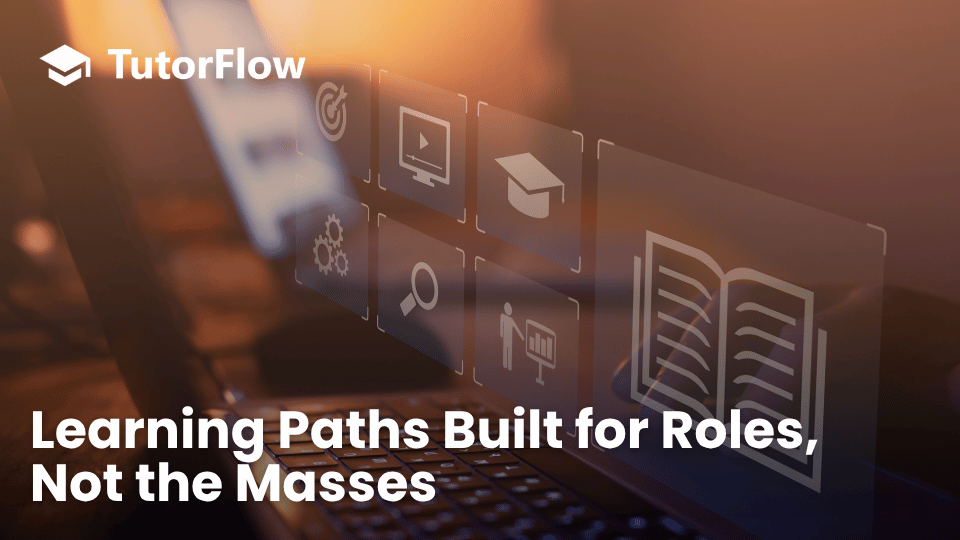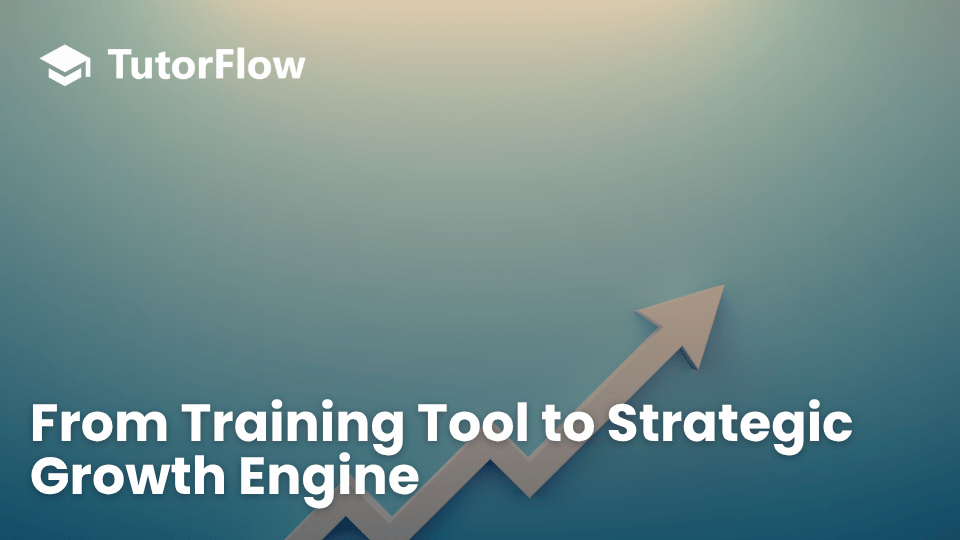
Are L&D Teams Really Using LMS to Drive Employee Growth?
Most people outside L&D think an LMS(Learning Management System) is just a place to host courses. Upload content, assign training, mark complete, job done. But anyone who has spent time inside an L&D team knows it is no longer that simple. These days, employee development is tied to retention, performance, leadership pipelines, and company culture. That is why L&D teams are using Learning Management Systems very differently than they used to.
An LMS is no longer just a content library. It has become the operational backbone for how learning actually happens inside a company, especially when teams are spread across roles, time zones, and career stages.
Solving the First Real Problem: "Where Is That Training Material?"
Before anything else, an LMS gives L&D teams one underrated gift: order. Most training chaos does not come from teaching. It comes from trying to find things—old onboarding decks in email threads, leadership PDFs buried in messages, or five different "final" versions sitting in shared drives. It is not dramatic, but it quietly drains hours every week.
"Simplicity is the ultimate sophistication."
— Leonardo da Vinci
With an LMS, everything finally lives in one place.
New hire starting? They get the onboarding pathway.
Manager preparing for reviews? They open the coaching modules.
No frantic hunting. No "Can you send me that link again?"
It is a digital home, not a storage room.
Personal Learning Paths Instead of One-Size-Fits-All Courses

A major shift in L&D is the move away from generic training. Employees do not want random courses. They want learning that supports where they are going. That is where an LMS starts to feel less like software and more like a guide.
L&D teams can design:
- Onboarding journeys for new hires
- Role-specific tracks for sales, HR, or engineering
- Leadership pathways for future managers
When learning feels chosen rather than assigned, people engage differently. It feels like progress, not compliance.
Data That Moves L&D from Guesswork to Strategy
L&D teams are often asked to prove impact but are not always given the tools to measure it. Participation rates are no longer enough. Leaders want results.
Modern LMS platforms solve this gap. Completion rates, assessment performance, skill gap insights, all become part of the L&D dashboard. For the first time, L&D leaders can walk into a meeting with evidence, not assumptions.
Instead of saying, "We think coaching is working," they can say, "Teams who completed it showed higher performance reviews." That changes conversations.
Training Across Office, Remote, and Field Without Chasing Attendance

Most organizations are no longer in one building. Some employees never step into an office. In the past, that meant scheduling chaos, endless reminders, and late attendance.
An LMS creates equal access. Remote workers, field technicians, and hybrid teams receive the same learning experience on their own time. Learning no longer depends on being in a room. It becomes continuous rather than episodic.
Automation That Gives L&D Its Time Back
Ask any L&D professional what they need more of, and they will likely say time. Not time for reminders or tracking spreadsheets. Time to improve programs and build something meaningful.
In fact, a recent McKinsey analysis estimated that roughly two-thirds of current HR tasks can be automated to a large degree, freeing teams to focus on work that truly requires human judgment and creativity.
Automation inside an LMS quietly handles operational tasks:
- Automatic enrollment when a role changes
- Reminders before certification deadlines
- Progress tracking without manual updates
It's not the most visible feature, but it's often the most appreciated. It lets L&D focus on strategy, not administration.
More Than Watching: Learning That Sticks
Uploading a course is not the same as developing a skill. LMS platforms that include interactive elements such as reflections, simulations, quizzes, or peer discussion help turn learning into application.
That is the difference between "I completed it" and "I can use it." Real employee development happens in that space.
Where an LMS Meets Business Strategy

The biggest evolution is not technical. L&D teams are no longer seen only as support. They are becoming strategic partners in growth, culture, and capability. An LMS gives them a system to prove it.
When learning paths align with promotions, when skills link to performance reviews, when onboarding shortens ramp-up time, L&D is not just training. It is shaping the organization.
A Final Note
The value of an LMS is not measured by how many courses it stores. It is measured by how it helps L&D teams build a culture of growth that is intentional, measurable, and available to everyone.
Employee training used to be a checkbox. Now it is part of strategy. The LMS is simply how that strategy becomes real.
Ready to Build a Learning Culture, Not Just Deliver Courses?
TutorFlow is built for L&D teams who want more than compliance tracking. With personalized learning paths, real-time analytics, and seamless delivery, it helps turn training into measurable development.
Explore how modern teams use TutorFlow to drive real growth →


